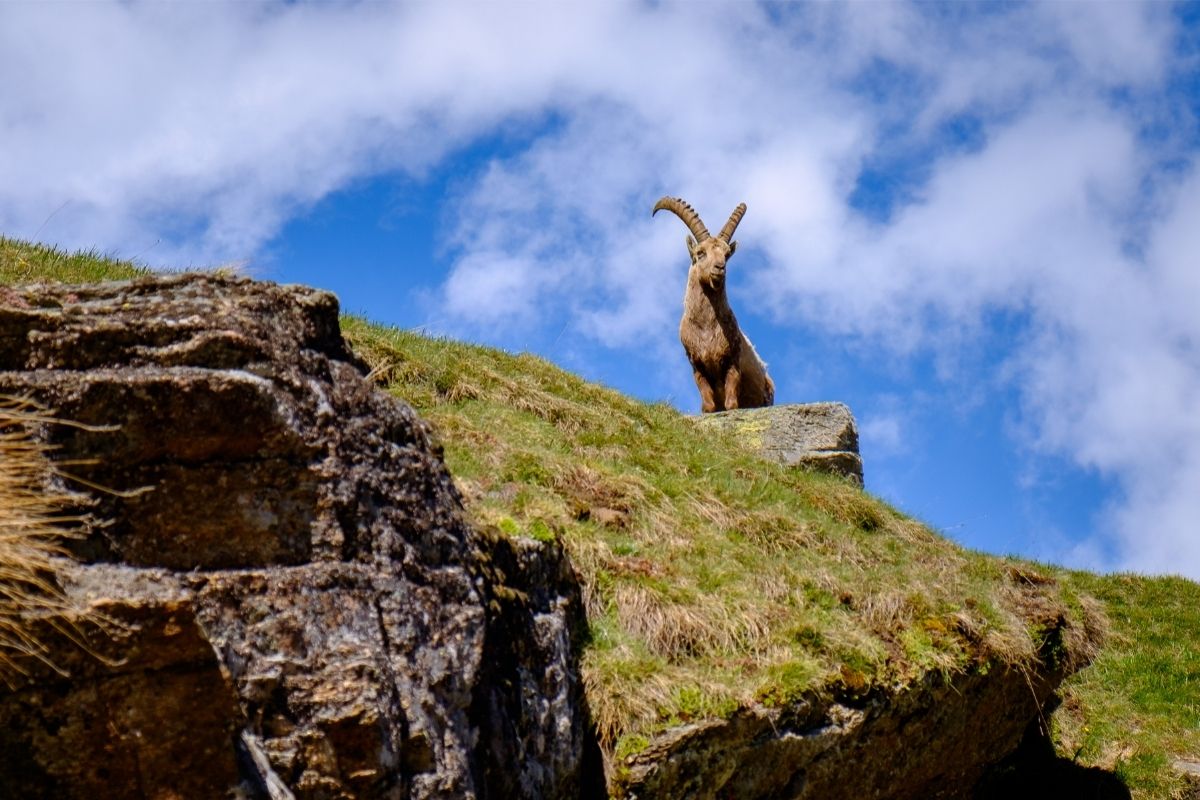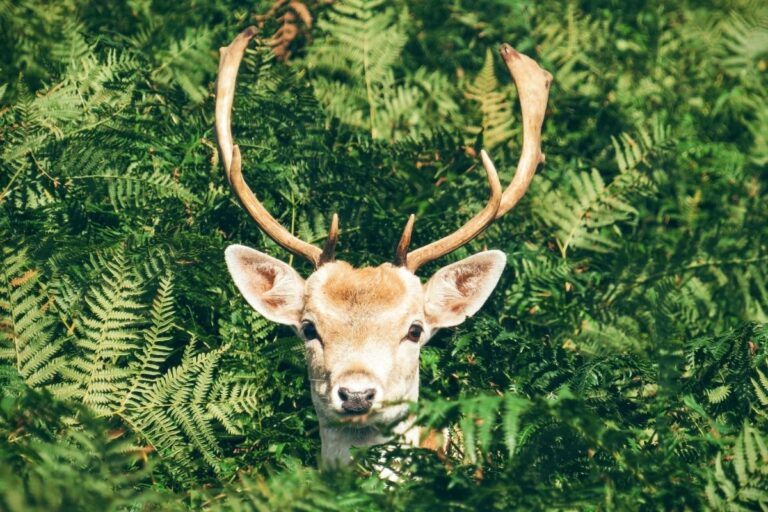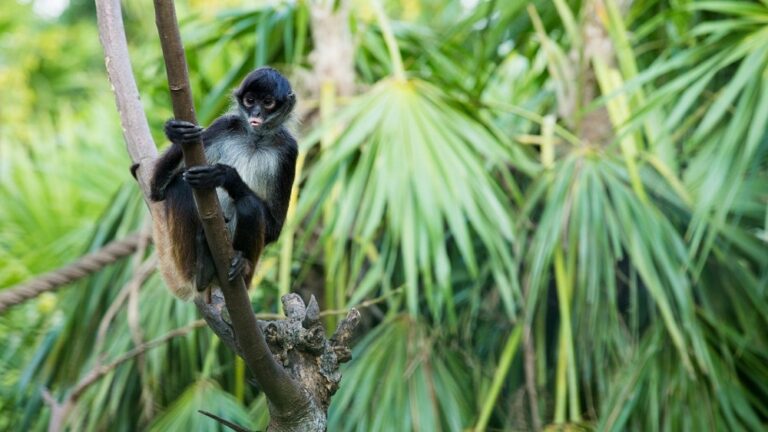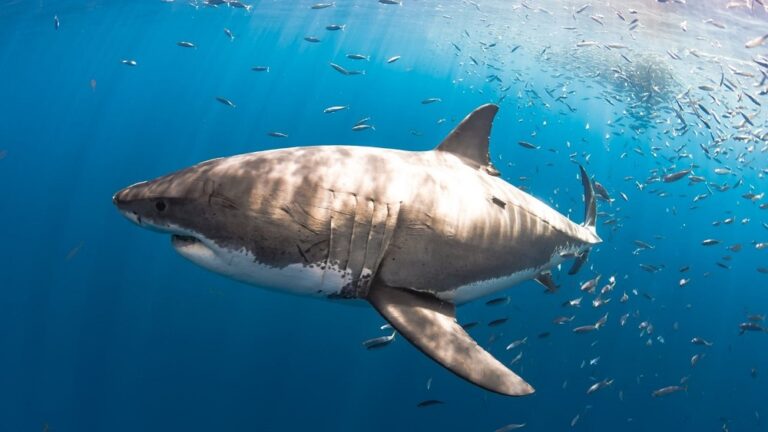Animals That Live In The Mountains
Last Updated on March 3, 2022 by
Mountain habitats are very different depending on whether they are located at the peak or base of the mountain.
At the peak, animals have to face colder temperatures, less oxygen, and harsh sunlight. Animals that live in the mountains have special adaptations to survive in the cold and thin air, such as more body fat, thicker coats, and insulating layers.
Mountain animals also tend to hibernate when the temperature drops.
Lots of different animal species also live at lower altitudes, but only the sturdiest species live above the tree line, where the air is very thin and no trees exist.
They also need to be adapted to be able to deal with difficult terrain and catch prey or escape predators effectively.
A mountain has three main zones; these are called montane, subalpine, and alpine. Each has its own unique animal and plant species.
Pines and spruces are found in the montane zone. Needle-like leaves, sloped branches, and thick foliage make them ideal for growing in snowy conditions.
The subalpine zone has few trees, but some are stunted. Whereas the alpine zone (above the treeline) has only the toughest plants and animals.
So, which animals live in the mountains? Read our guide to learn more about six well-adapted animals that call the mountains their home.
Animals That Live In Mountains
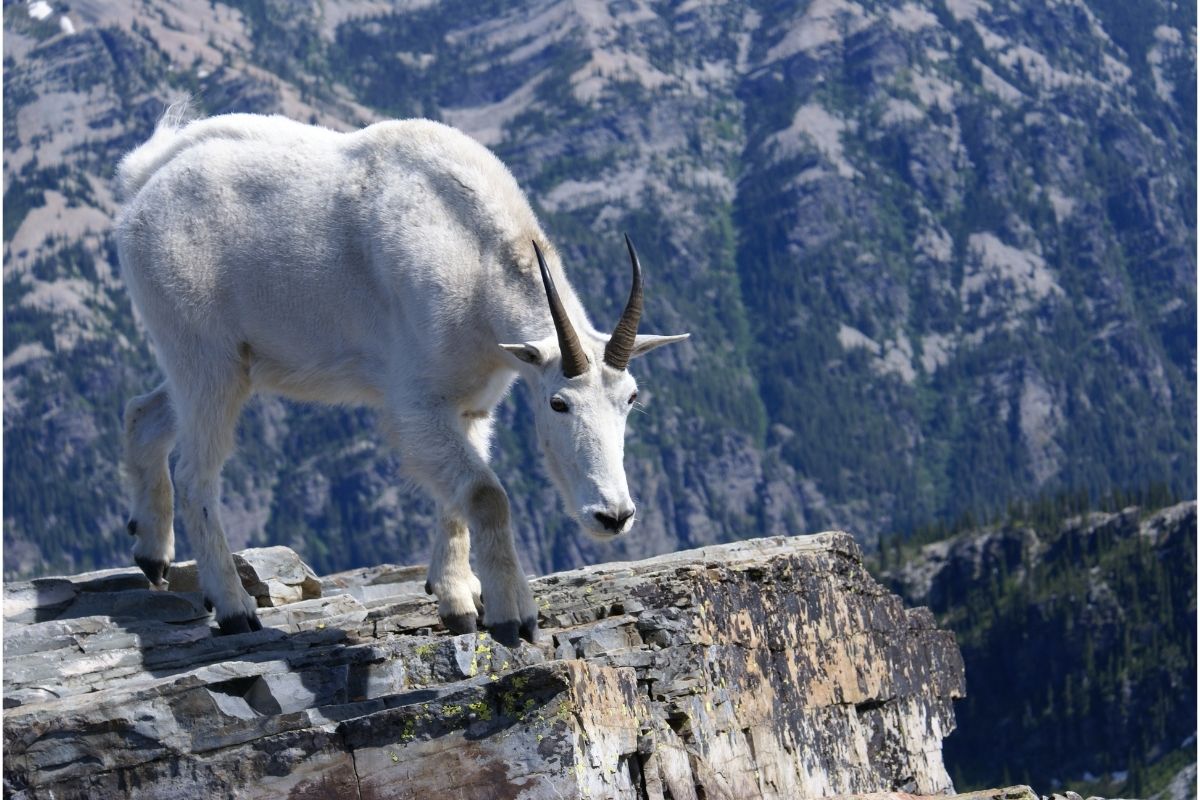
Let’s get straight into it! We have a list below of all animals that live in mountains. Just keep reading to learn more about these animals and how they are able to survive in these rough conditions.
1. Chinchilla
Chinchillas are mammals that live in rocky, dry areas in the Andes Mountains. Their fur is very dense, making them waterproof and resistant to the cold temperatures in the mountains.
They are endangered, with fewer than 20,000 left in the wild. Chinchillas are adorable little rodents that are very friendly and affectionate towards humans.
You may have heard of chinchillas being kept as pets, and sometimes their fur is used to make clothing because it is so soft and warm. They feed on greens and seeds, selecting plants with high fiber content.
They normally live for around 10 years in the wild, but can live up to 20 years as a household pet with proper care.
2. Marmot
Marmots are a species of rodent found in the high altitudes of mountains. They live in dens up to 30 feet deep underground.
Their teeth are very sharp and they use them to dig tunnels into the snow and ice to get to their food sources.
They also make burrows in rock for shelter from harsh weather conditions and cold temperatures. Female marmots stay in the burrow while the males guard the entrance so that they can protect their offspring from predators who may come along.
They have dense woolly fur which helps them to stay warm and hibernate for around six to eight months each year.
3. Chamois
A chamois is a type of goat native to the European mountains. It can jump over 6 meters high and run at speeds up to 50 kilometers per hour. This makes it one of the fastest land animals.
Its hooves help it to climb steep slopes and even cross glaciers. In the Alps, chamois are usually found grazing near meadows and streams.
They eat grasses, herbs, and flowers. They are often hunted because they are considered pests due to their damage to crops.
However, they do not pose much threat to humans, and are rarely aggressive unless provoked.
4. Alpine Ibex
Alpine ibex are antelope-like creatures that live in the mountains of Europe and Asia. They have large horns, which they use to fight off other male ibex during mating season.
They are herbivores and prefer to graze on grasses and shrubs. They are known to migrate between summer and winter grounds, moving down from the higher elevations to lower ones in search of better grazing opportunities.
They are threatened by climate change because they cannot adapt to changing environmental conditions as quickly as other animals.
5. Snow Leopard
Snow leopards are cats that are native to the Himalayas and Tibetan Plateau. They are nocturnal hunters that hunt prey such as rabbits, deer, and birds.
They spend most of their time in the trees, where they ambush their prey. They are able to swim across rivers and lakes when necessary. They are solitary animals that only mate once every two or three years.
Unfortunately, snow leopards are significantly threatened by poaching and habitat loss. The population of these cats has been decreasing since the 1970s, and is now estimated to be less than 3,500 individuals.
6. Golden Eagle
The Golden Eagle is characterized by beautiful golden feathers, a strong beak and talons, and incredible hunting abilities.
They are native to North America and are one of the largest and fastest predators in this region. Eagles are powerful birds of prey that can swoop down and catch prey from great heights.
Their favorite foods include fish, rodents, and other mammals. Eagles don’t usually hunt alone, but sometimes they work together to bring down prey.
Some Golden Eagles mate for life, and their courtship involves two birds circling in the air and making small dives at each other.
They create nests from grass, sticks, leaves, and moss, and tend to migrate during Spring.
Conclusion
Many species that live in mountain habitats are endemic (which means they are found nowhere else in the world.)
Unfortunately, mountain habitats are at risk from both climate change and human activity – such as logging processes and the destruction of habitats for agricultural or mining purposes.
The amazing biodiversity of mountain habitats should be protected so that the animals that live there don’t lose the essential aspects of the environments that they have adapted to.
These adaptations have led to the development of rich and varied ecosystems in the difficult conditions of the mountains.

